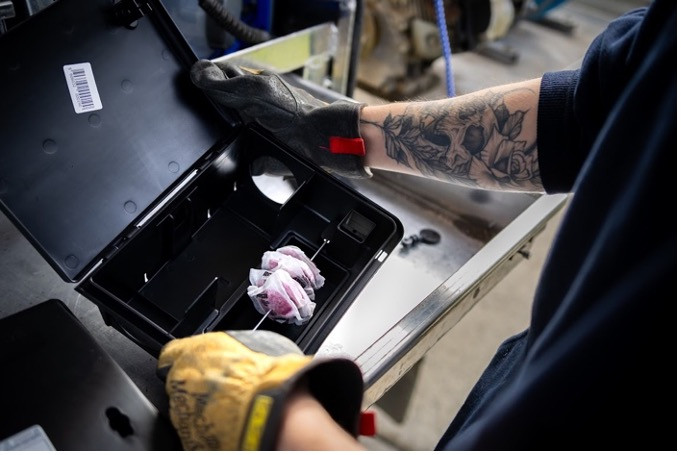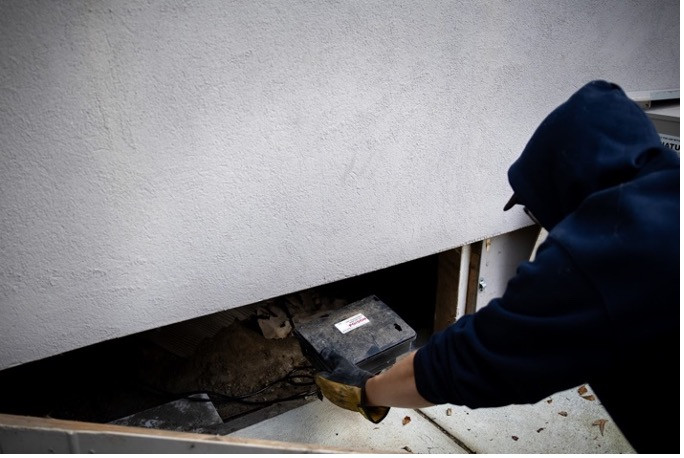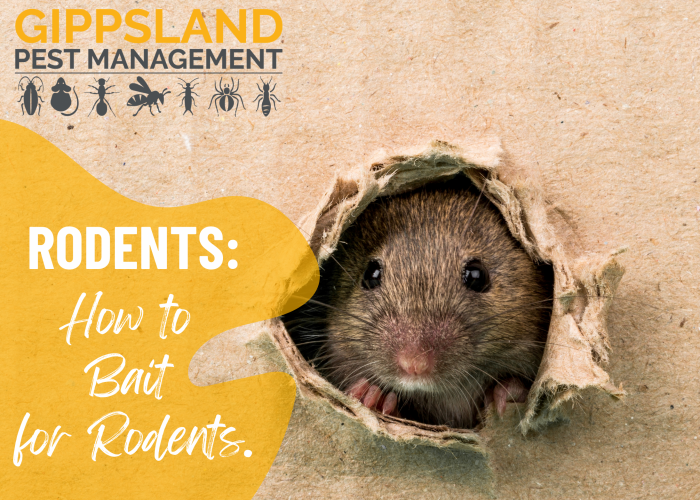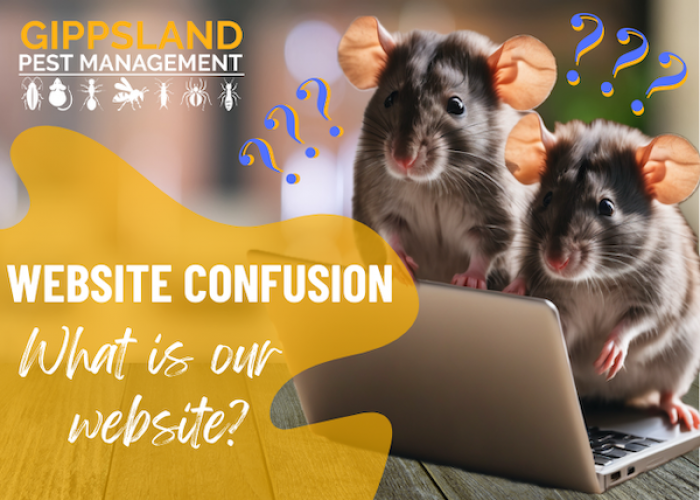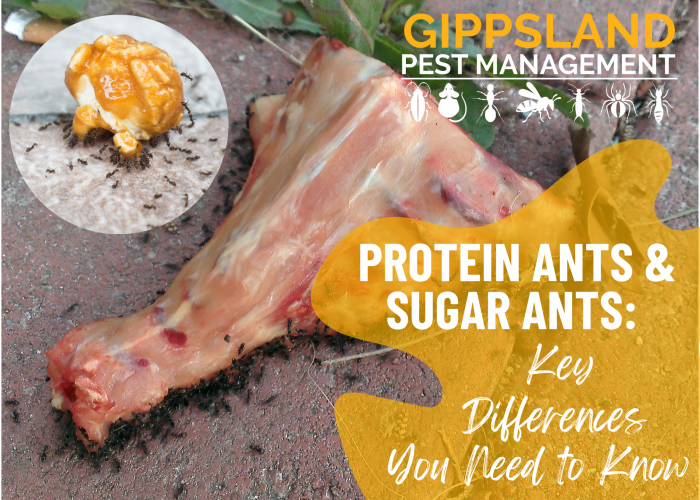Addressing Secondary Poisoning Concerns 🐾
Secondary poisoning is when an animal consumes a rodent that has ingested bait. While this is a common concern for pet owners, the risk is quite rare and depends on several factors: how much bait the rodent consumed, how long it has been in the rodent’s system and the size of the animal that ate it. We consider all the factors we can control and manage the risk by implementing safety protocols for things we can’t.
• Controlled Dosage: We calculate the amount of bait used in each station and across your property. The goal is to ensure there’s enough bait to effectively manage the rodents you’re experiencing or aiming to prevent, but not so much that it leads to an overdose that could increase the risk of secondary poisoning.
• Bait Breakdown: We use single feed bait and therefore by the time a rodent has ingested the bait, it has already started to break down within the rodent's system, significantly reducing the potency of the remaining active ingredients. More so, the breakdown process also applies to the rodent droppings, meaning any traces of bait in their waste are greatly diminished in potency, reducing risks to non-target animals.
• Size Matters: Given the difference in size between most pets and rodents, a pet would need to consume a significant number of affected rodents in a short time to face any serious risk. Along with size difference, different species of pets have varying instincts towards rodents, which contributes to the likely hood of them interacting with the rodents.
• Rodent Behaviour: While many people prefer not to think about rodents too in-depth, it's important to note that, like humans, each rodent is different. Their behaviour is not always predictable—some may avoid areas where pets are active, while others might not. Also, because rats and mice are primarily nocturnal, meaning they are most active at night, they use darkness to their advantage to avoid predators, which may include your pets.
• Early Intervention: Rodents are naturally neophobic, meaning they fear new objects and changes in their environment, making them hesitant to approach unfamiliar areas. However, in large, well-established infestations, they can become more accustomed to human and pet presence. As food sources dwindle, they may even venture out during the day, increasing the chances of sightings. Tackling infestations early helps prevent rodents from becoming too comfortable around people and pets, ultimately reducing the risk of secondary poisoning.

